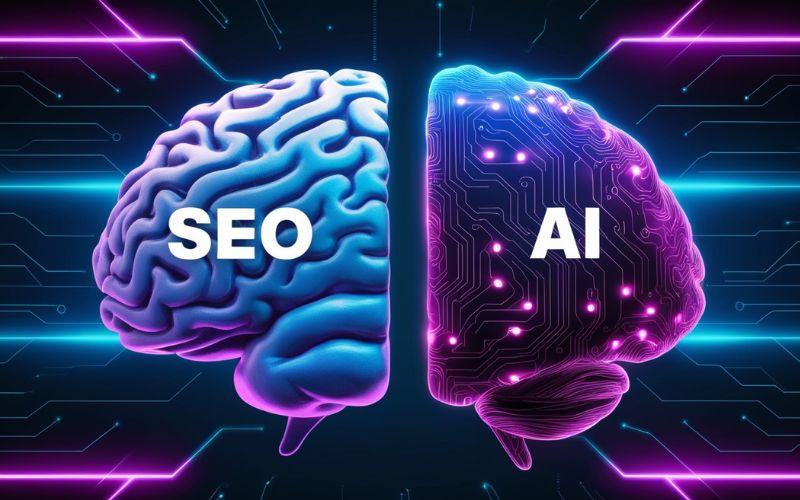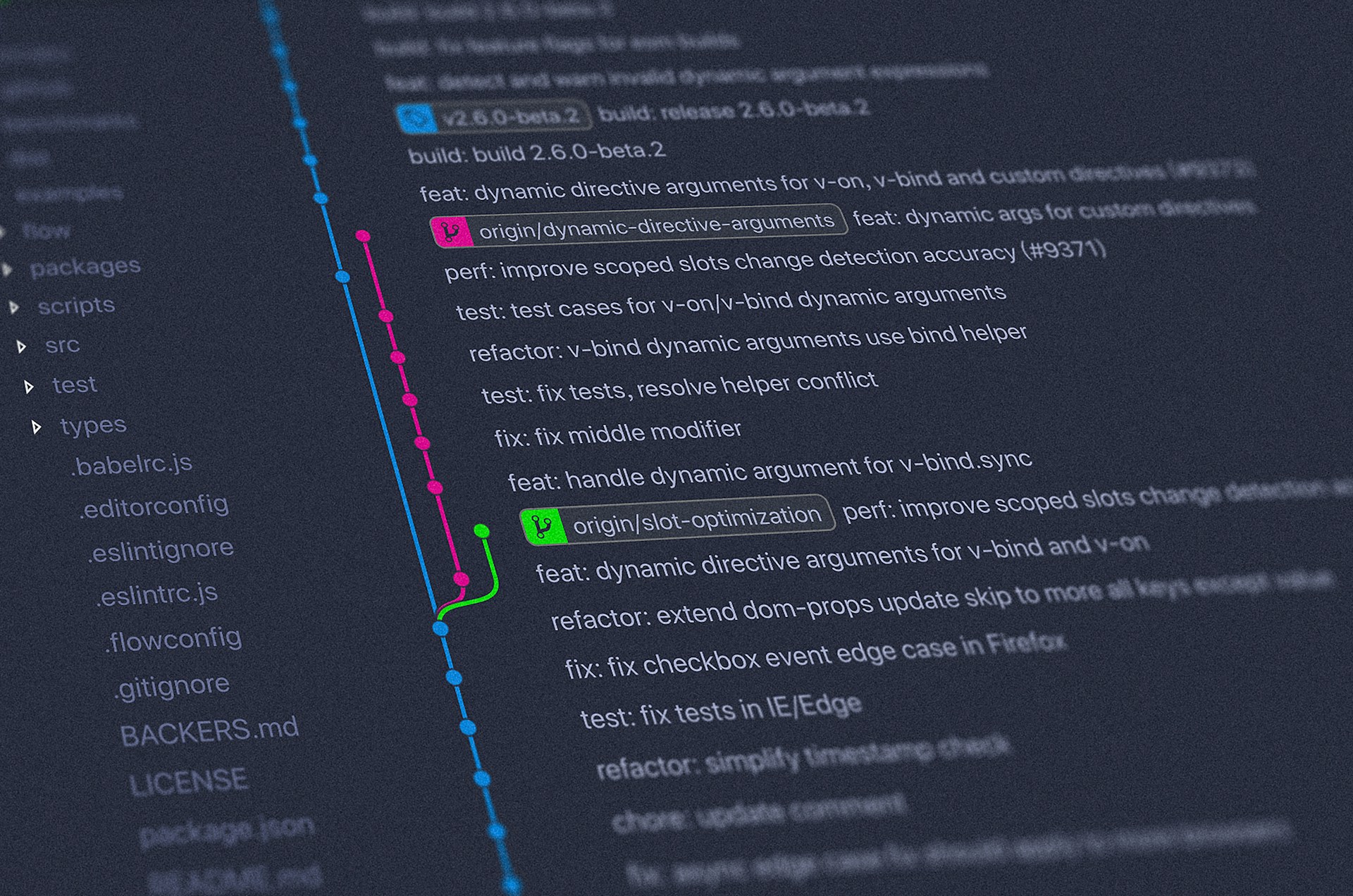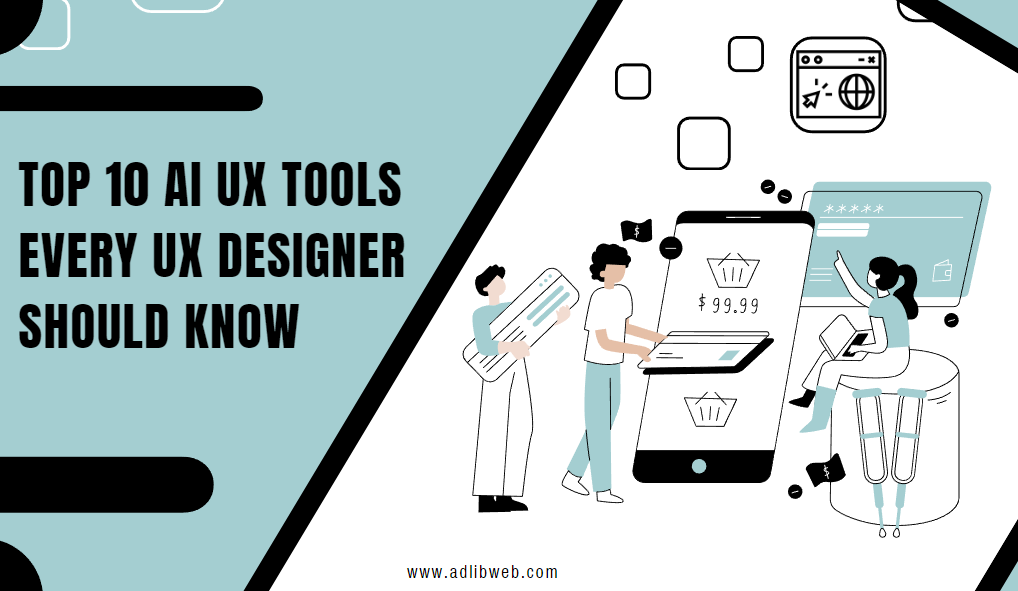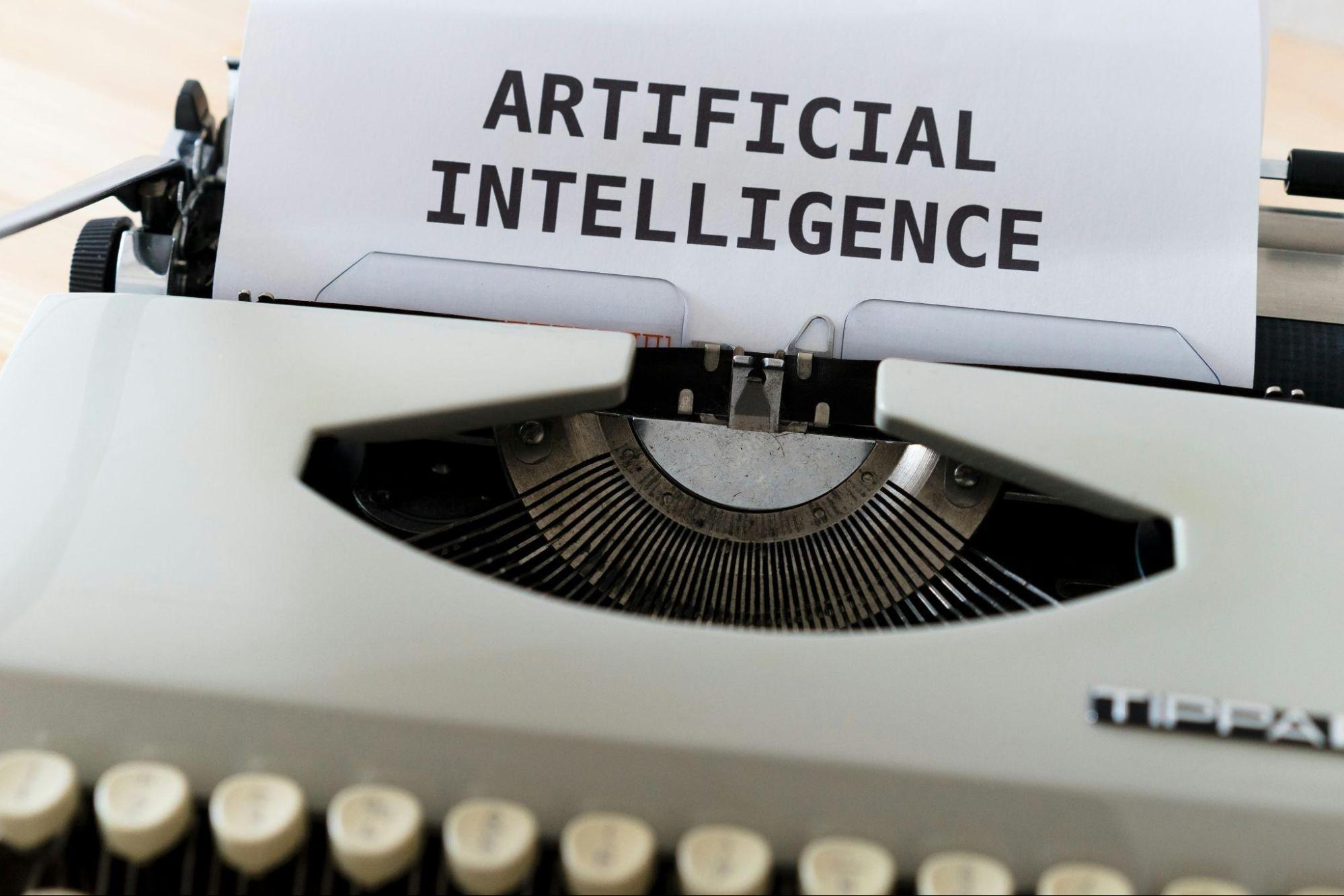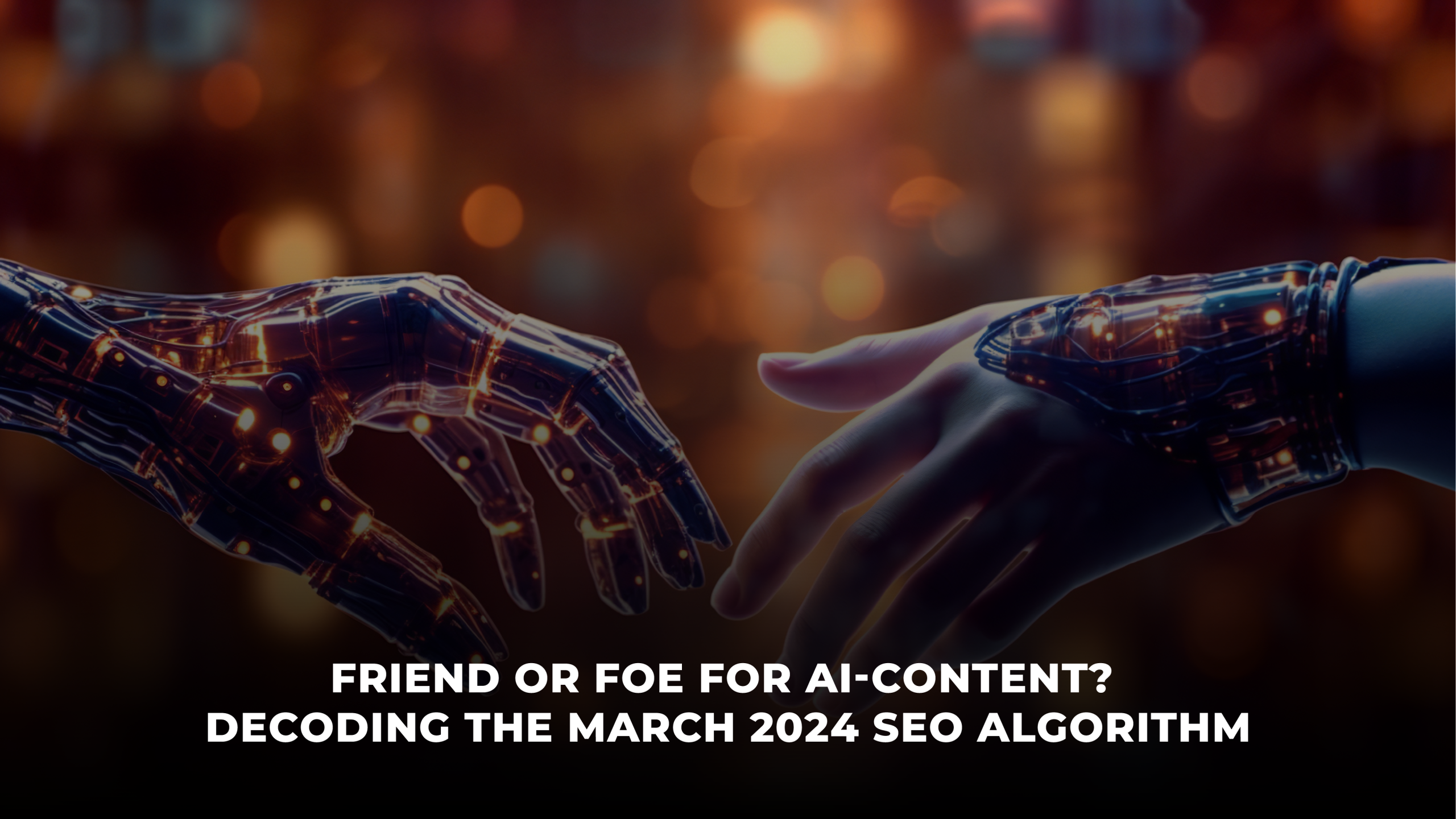The Impact of AI on SEO in 2024 and Best Practices
November 4, 2024
How AI Tools Are Shaping the Future of Mobile Apps
October 24, 2024
Top 10 AI UX Tools Every UX Designer Should Know
May 21, 2024
Essential Skills for AI-Driven Digital Marketing
April 16, 2024
